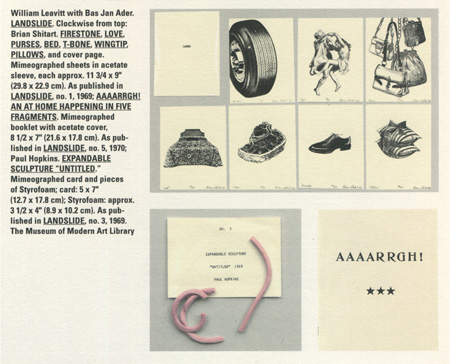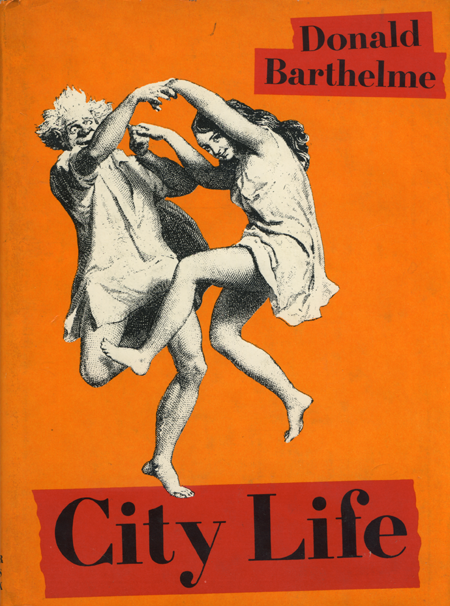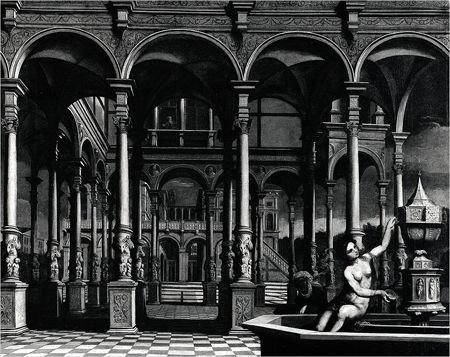“Beauty’s simultaneity with the pure fire of living poetry is outside contemporary critical interest. The professional discipline of literary scholarship tends to dismiss Jonathan Edwards’ religious intensity as embarrassingly outmoded. Mention his name and the title of one sermon, “Sinners in the Hands of an Angry God,” is sure to follow; that is usually that. In 2008 we see through speculative knowledge and are unwilling to embrace the imaginative and aesthetic crossing he makes between our material world – the world of types – and the spiritual world as it actively flows from revelation into human history. For Edwards, new truths are suggested through inspiration, but such light is only understood and revealed int he Word of God; it can’t be given without the Word. This Calvinist minister who spent his life in the eighteenth-century Connecticut River Valley, and didn’t write in verse, had the imagination of a poet. He believed that precise word choices, when disciplined into becoming bare embodiments of ideas, would become the source or occasion of conceptual discovery.”
(Susan Howe, “Choir Answers to Choir: Notes on Jonathan Edwards and Wallace Stevens,” pp. 52–53 in the Chicago Review 54:4.)



